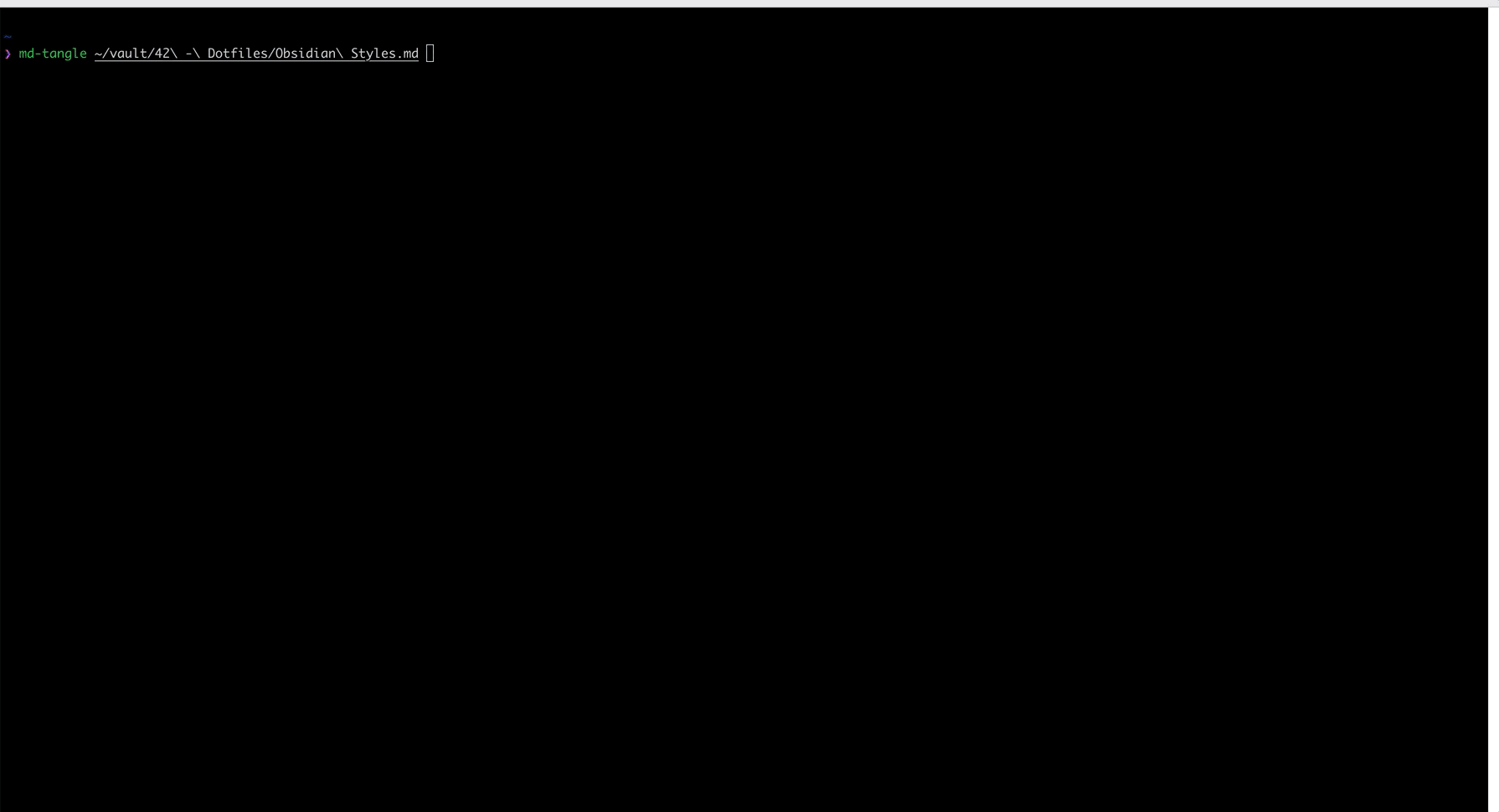Literate Programming
Essays and updates on product, engineering, and AI by Chase Adams.
6 minute read
Enhancing Understanding through Documentation
Welcome to an introduction of Literate Programming, a methodology that assigns equal importance to documentation and code.
This approach is unique, going against the traditional paradigm where comments and explanations follow the completion of code.
Literate Programming is a concept introduced by the renowned computer scientist Donald Knuth.
This methodology entwines code with documentation, promoting a deep and integral relationship between the two, resulting in improved comprehension and maintainability of programs.
Now, you may ask, "Why is this relevant to me?" In our increasingly digitized world, code is ubiquitous, and its comprehension is crucial across various professional domains.
However, making sense of unfamiliar code, or even revisiting your past work, can be a complex task.
Literate Programming provides a solution by emphasizing clear, informative documentation alongside code.
Curious about how Literate Programming can enhance your programming skills and productivity?
Join me as I delve deeper into its concept, applications, and benefits.
A Look into the Past: The Birth of Literate Programming
Delving into the origins of Literate Programming, we're transported back to 1984.
The visionary computer scientist Donald Knuth, known for his contributions to algorithm analysis and the creation of the TeX typesetting system, introduced this novel concept.
Knuth, while working on his 'The Art of Computer Programming' series, experienced a need for a better way to present complex algorithms.
He found traditional programming insufficient in expressing the thought process behind the code effectively.
From this need, Literate Programming was born, a method that weaves code with narrative.
So, what was the idea behind this revolutionary concept?
In essence, Knuth envisioned code that could be read by humans as easily as by machines.
He proposed that a program should be a piece of literature, written for humans first, and machines second.
This shift in perspective sought to make code more understandable, thus improving the readability, maintainability, and overall quality of programs.
While Literate Programming hasn't become mainstream in the industry, it has sparked numerous discussions and led to the creation of various documentation tools.
It invites us to view code not merely as instructions for machines, but as a form of human communication, a perspective that opens new avenues for coding practices.
Now that we know where Literate Programming comes from and the philosophical shift it represents, let's explore what it means in practice.
Delving Deeper: Literate Programming in Action
Unraveling the theoretical threads of Literate Programming is one thing, but to truly understand it, we need to see it in action.
So, let's roll up our sleeves and get our hands a little dirty. For our practical example, we'll use the domain of machine configuration.
Machine configuration can often be a labyrinthine task, with various settings, scripts, and adjustments involved.
However, with Literate Programming, we can bring some order to this chaos.
An Example of Setting Up a New Server with a Markdown File
Imagine you're tasked with setting up a new server.
Typically, you'd write a script to automate the process, accompanied by comments to explain what's happening.
But with Literate Programming, we flip this on its head.
Start with a Markdown file that tells the story of the setup process.
Document every detail of the configuration, the software packages you're installing, the system settings you're tweaking, the reasons for doing so, and the implications of each decision.
Then, weave your code right into this narrative.
The code becomes an integral part of the story, with each code block justified by the surrounding documentation.
The documentation informs the code, making the process transparent and the script easily understandable.
The result? A self-documented, readable, and maintainable script that details the entire server setup process.
Someone reading this could not only reproduce the setup but also understand why each step is taken.
Here's a simplified example:
# Server Setup
This document walks through the process of setting up our server. We'll begin by updating the system packages.
```bash
sudo apt-get update sudo apt-get upgrade
\```
Next, we install Node.js, a crucial component for our application.
```bash
sudo apt-get install -y nodejs
\```
We finish by confirming Node.js was installed correctly.
```bash
nodejs -v
\```
As you can see, the Literate Programming approach helps maintain clarity.
My Own Personal Literate Programming Example
As a trivial example, I write my css for my Obsidian Styles in a Markdown file (it's the Obsidian Styles source file!) and use a Python executable called md-tangle to generate a css file.
Here's an example gif of how that looks in practice.
In this gif, I demonstrate...
- There's no file called "minimal-plus.css" in my Obsidian dotfiles directory
- I show my Obsidian Styles Markdown note
- I then run a command with
md-tangleto generateminimal-plus.cssfrom the Obsidian Styles note - I then show the "minimal-plus.css" file has been generated and that the styles have applied to Obsidian

Wrapping Up: Embracing the Literate Programming Paradigm
As you've learned more about Literate Programming, we discovered a methodology that places equal emphasis on code and documentation.
Originating from the brilliant mind of Donald Knuth, this approach seeks to make programs more understandable and maintainable.
We saw it in action in the realm of machine configuration, experienced its practical applications across various domains, and addressed common questions.
But why does all this matter? In our ever-evolving digital world, code is omnipresent.
As such, it's not just about getting machines to perform tasks; it's about humans understanding what those tasks are, why they are done, and how to adapt or improve them.
Literate Programming addresses this need, advocating for a codebase that is human-friendly, understandable, and maintainable.
Despite its benefits, Literate Programming has not been universally adopted.
However, its influence is undeniable. It challenges us to shift our perspective, to view code not just as machine instructions, but as a form of human communication.
Whether or not you adopt Literate Programming in its entirety, embracing its core principles can profoundly impact the quality of your code and documentation.
So, whether you're a developer, a data scientist, a network engineer, or a curious mind, consider the Literate Programming approach. As Knuth said, let's write programs that humans can understand, and incidentally for machines.
It could be the key to unravelling the mysteries of your code and ushering in a new era of clarity and comprehension.
Literate Programming helps ensure your code tells a story, a story that your fellow humans can understand and appreciate.
For those eager to delve deeper into the world of Literate Programming, below are some resources to kickstart your journey.
Additional Resources
- Literate Programming - Stanford University
- The Art of Literate Programming
- Jupyter Notebooks: An Introduction
- Literate DevOps: An Introduction
I hope these resoucers guide you on a path of discovery, innovation, and a deeper appreciation for the beauty of coding. Until next time, happy programming!
Build Your Website with AI—No Code Required
Learn to create and deploy professional websites using ChatGPT and Claude. Go from complete beginner to confident website builder.
